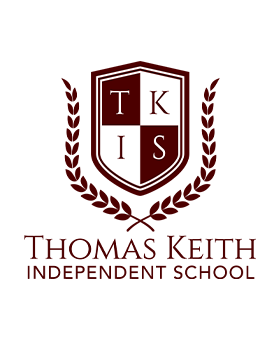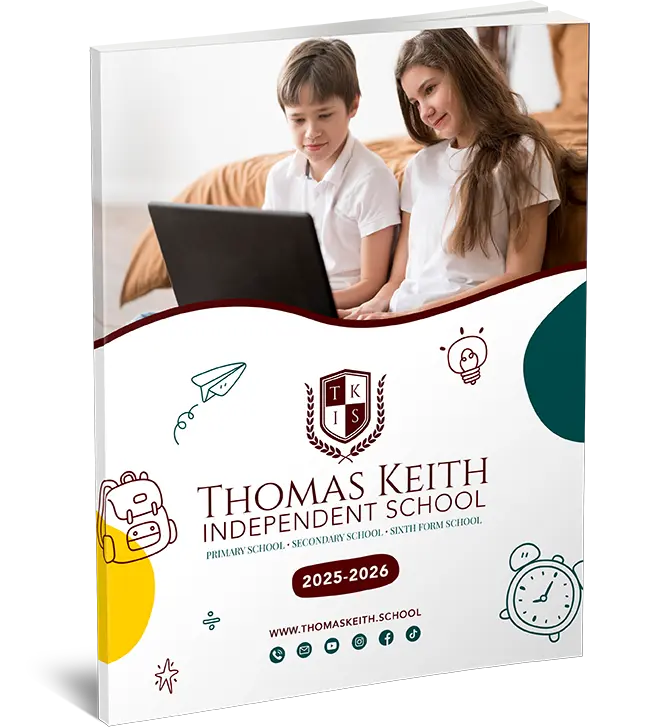The British school year runs from September to the following August. The English National Curriculum is organised into year groups called Key Stages. At Thomas Keith Independent School, students are normally grouped by their date of birth, with children of the same age. However, in certain special circumstances, we can be flexible about which year your child goes into. Speak to our enrolment team to find out more.
| DATE OF BIRTH | AGE BRACKET | YEAR LEVEL | KEY STAGE | ASSESSMENT |
|---|---|---|---|---|
| Sep 2018 – Aug 2019 | 5-6 years old | Year 1 | Key Stage 1 | – |
| Sep 2017 – Aug 2018 | 6-7 years old | Year 2 | Key Stage 1 | – |
| DATE OF BIRTH | AGE BRACKET | YEAR LEVEL | KEY STAGE | ASSESSMENT |
|---|---|---|---|---|
| Sep 2016 – Aug 2017 | 7-8 years old | Year 3 | Key Stage 2 | – |
| Sep 2015 – Aug 2016 | 8-9 years old | Year 4 | Key Stage 2 | – |
| Sep 2014 – Aug 2015 | 9-10 years old | Year 5 | Key Stage 2 | – |
| Sep 2013 – Aug 2014 | 10-11 years old | Year 6 | Key Stage 2 | End of Key Stage Examinations |
| DATE OF BIRTH | AGE BRACKET | YEAR LEVEL | KEY STAGE | ASSESSMENT |
|---|---|---|---|---|
| Sep 2012 – Aug 2013 | 11-12 years old | Year 7 | Key Stage 3 | – |
| Sep 2011 – Aug 2012 | 12-13 years old | Year 8 | Key Stage 3 | – |
| Sep 2010 – Aug 2011 | 13-14 years old | Year 9 | Key Stage 3 | – |
| DATE OF BIRTH | AGE BRACKET | YEAR LEVEL | KEY STAGE | ASSESSMENT |
|---|---|---|---|---|
| Sep 2009 – Aug 2010 | 14-15 years old | Year 10 | Key Stage 4 | Some children take International GCSEs |
| Sep 2008 – Aug 2009 | 15-16 years old | Year 11 | Key Stage 4 | International GCSE final year or Other National Qualifications |
| DATE OF BIRTH | AGE BRACKET | YEAR LEVEL | KEY STAGE | ASSESSMENT |
|---|---|---|---|---|
| Sep 2007 – Aug 2008 | 16-17 years old | Year 12 | Key Stage 5 | International AS Levels and/or first year of A Levels |
| Sep 2006 – Aug 2007 | 17-18 years old | Year 13 | Key Stage 5 | International A Levels |




